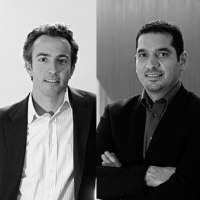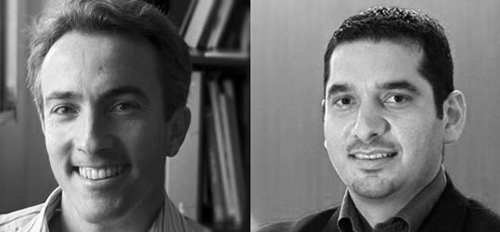The palace is located face to Cathedral of Burgos, a 13th century Gothic temple, one of the jewels of this style in Spain and among the most important buildings in Europe. The cathedral was built during the grawing of Camino de Santiago pilgrimage route. Its elegant spires roofs view over the roofs of the houses give beauty to the whole old part of the city.
They will restore as much as possible the original building. The ground floor will house a series of spaces in which to hold conferences, concerts and other cultural activities. On the first floor, classrooms and workshops will house an educational program. The second floor, which currently already contains the exhibition rooms of the original dwelling of the nobles of the Palace, expands with new rooms for the display of topics and documents from the archive. The fourth floor will include research areas.
In the garden, a series of actions are proposed to restore the original spaces. The demolition of the roof of the statue garden area, recovering its original height, will provide the palace with a private garden. The cistern will be restored as a sheet of water. The garden in the southwest area will also be recovered.

Extension of the Municipal Archive of Castilfalé by AGi architects. Rendering by The VIZ Design Company
Project description by AGi architects
The proposal by AGi architects, winner of the "Project Contest for the drafting of the Project and Management of the extension works of the Municipal Archive of Castilfalé", has faced several creative challenges, from the contextual, urban, functional and sustainable, to recover the palace, declared an Asset of Cultural Interest, as a cultural space on an urban scale, and expand the municipal archive.
Under the guiding concept of building a city, the palace is no longer a historical façade and is integrated into the functioning of the city of Burgos. It is reinvented as an urban route for walkers, generating an educational space that can be adapted according to the needs of the city. And it is transformed into a new social and cultural urban space for daily use, passable, participatory and open to the public.
On the other hand, the program destined for the archive deposit and its expansion is concentrated in the new building adjoining the palace, where in addition to preserving the documents, the contemporary archive is inserted into society with a vocation for service.
Integration in the environment
The physical definition of the Archive is expressed as an opaque volume that complements the façade of the Palace. The proposal makes a material link with the urban context through a dialogue with the Cathedral, the activation of the corner and the continuation of Fernán González street.
A base design in stone and wood is proposed that dialogues with the materials of the Palace. On this base, two superimposed levels are developed with a stepped profile that articulates the new corner volume.
The materiality in brick or stone that surrounds an extrados of great thermal insulation, contributes to creating an efficient thermal mass that allows the Passivhaus standard to be achieved in the new archive building.
New uses in the Palace
The different cultural activities are proposed as specific experiences on each floor of the Palace. Thus, the ground floor hosts representative activity, holding events, conferences and concerts. The first floor will gather the didactic activity, through different multipurpose classrooms. The second floor will host the museum activity and the fourth floor the Archive activity, with research and consultation rooms for employees and researchers.














![10 Architecture Studios Led by women [XII] 10 Architecture Studios Led by women [XII]](/sites/default/files/styles/mopis_home_featured_block_desktop/public/2025-03/metalocus_10-arquitectas-xi_01b.jpg?h=3b4e7bc7&itok=HeMnE4WM)




















